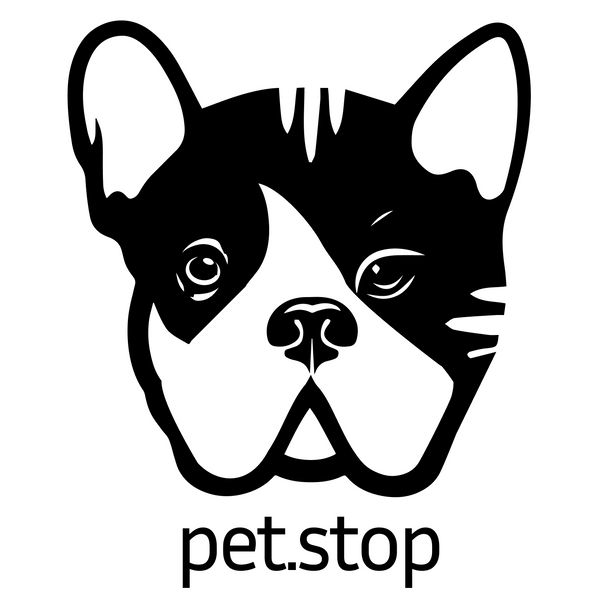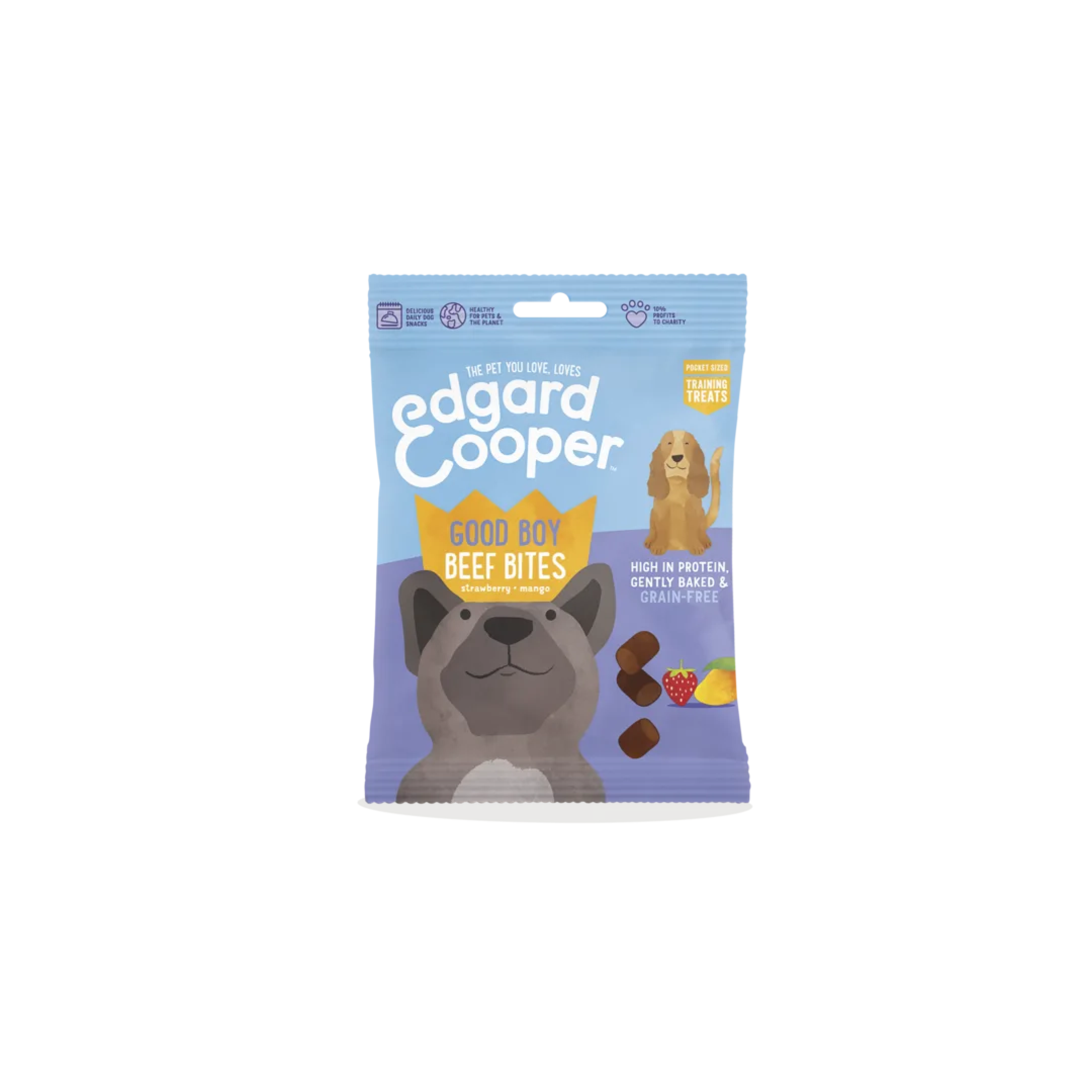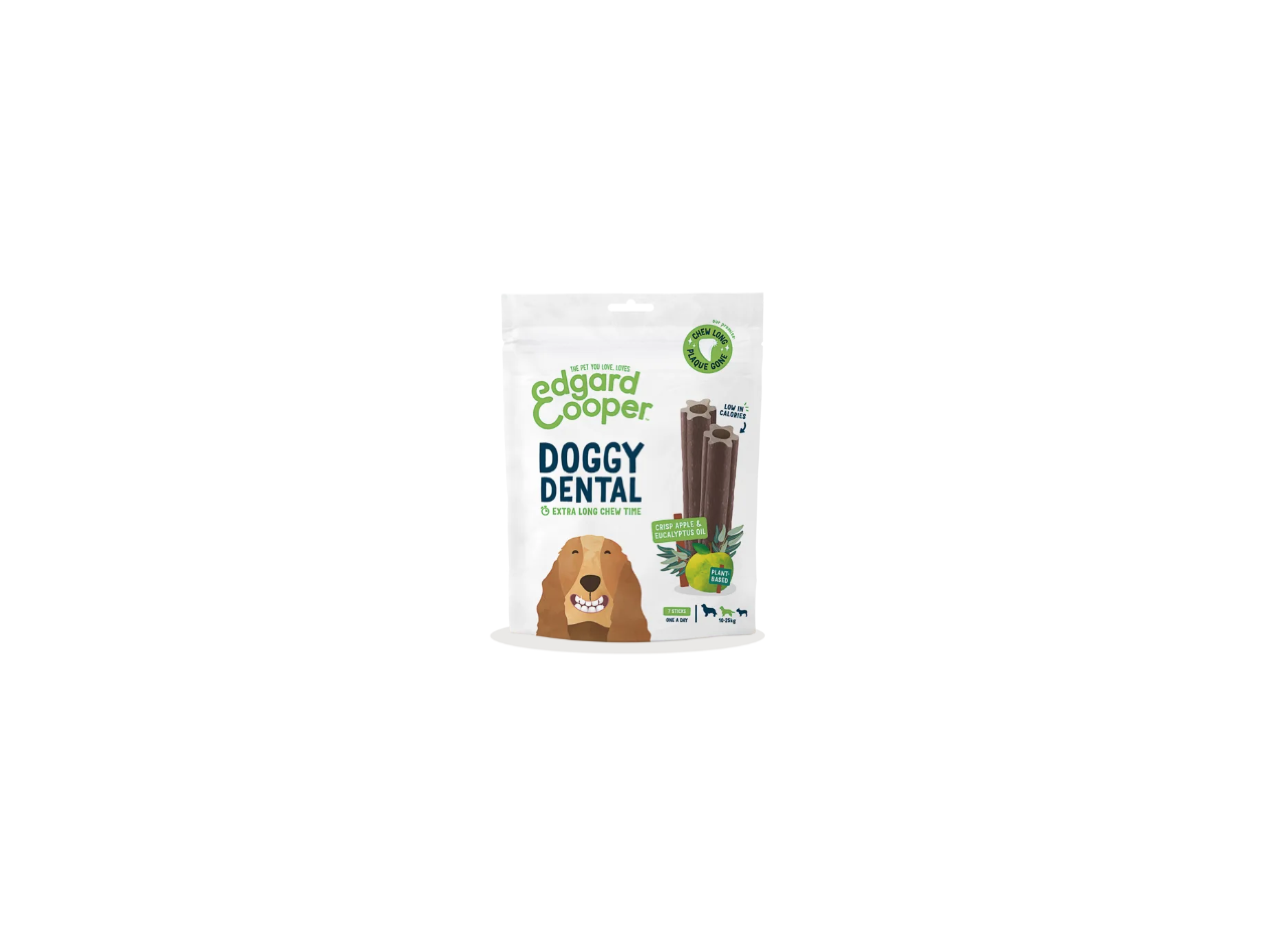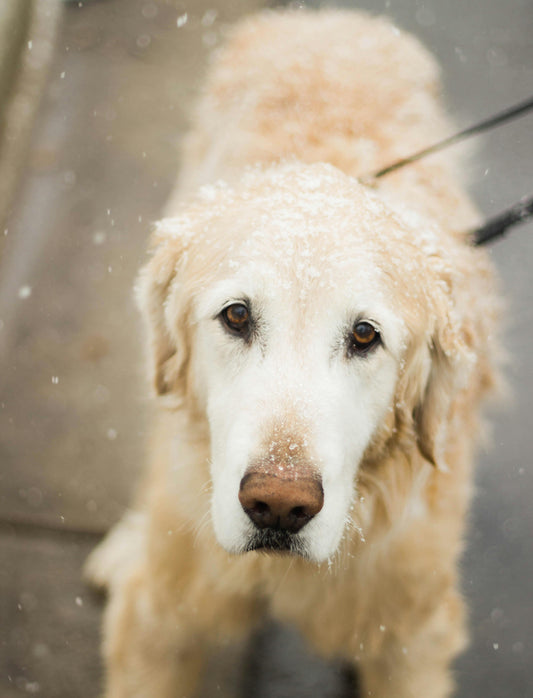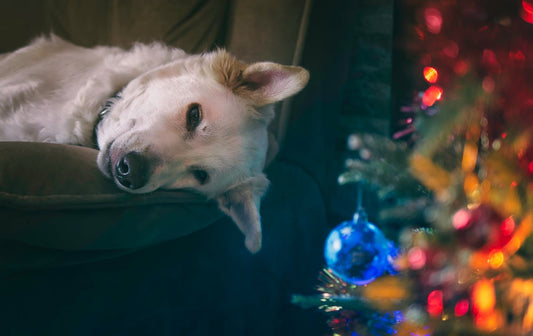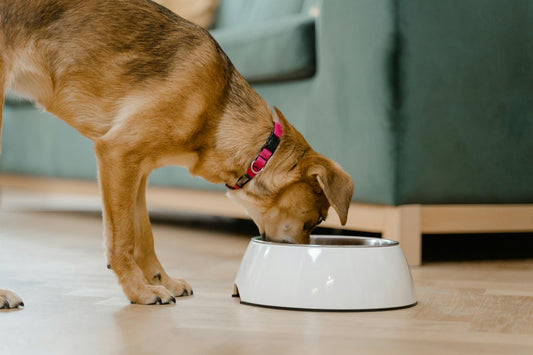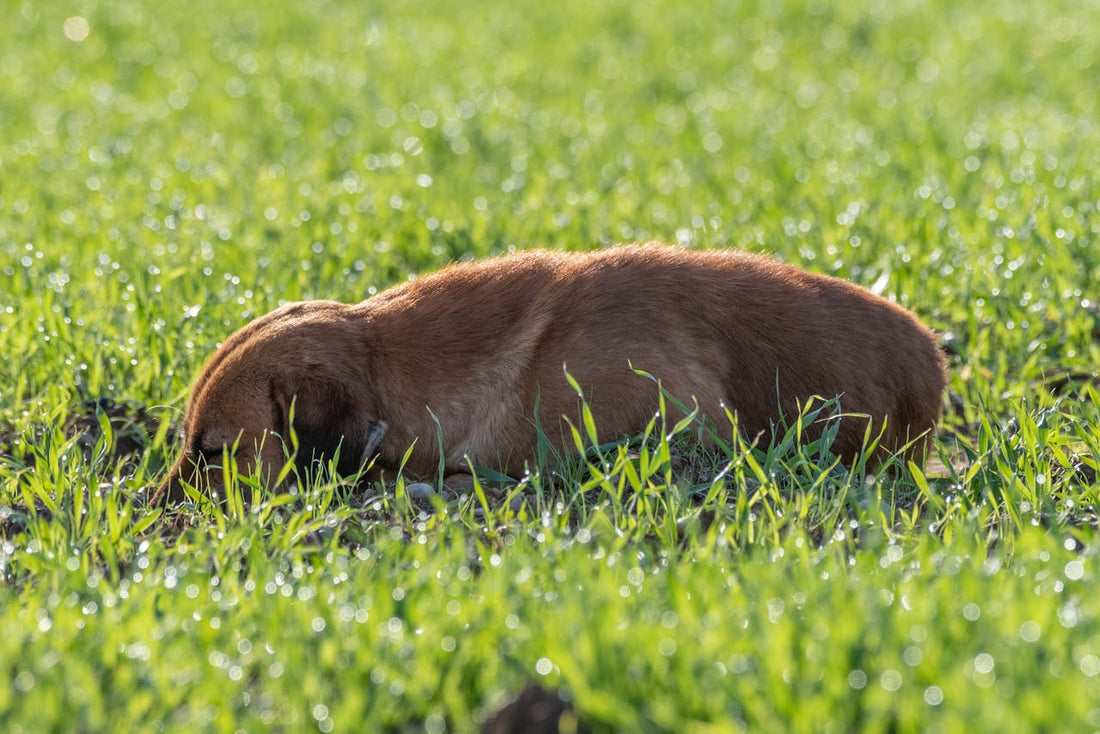
Dogs and Grass Seeds
Pet Stop BoutiqueUnderstanding Grass Seeds:
Grass seeds, also known as awns, are the flowering part of grasses that contain the seeds for reproduction. While they may appear harmless, certain species of grass seeds have barbed structures that allow them to attach to fur, clothing, or skin. This mechanism facilitates their dispersal but can also lead to problems when they become lodged in a dog's fur, ears, eyes, nose, or between their toes.
Risks and Complications:
When a grass seed becomes embedded in a dog's fur or skin, it can cause a range of complications, including irritation, inflammation, infection, and abscess formation. Dogs with long or curly coats are particularly susceptible, as the seeds can easily become entangled in their fur. Moreover, dogs that spend a lot of time outdoors, especially in grassy areas, are at a higher risk of encountering these seeds.
Common issues associated with grass seeds include:
1. Skin irritation and inflammation: Grass seeds can cause redness, swelling, and discomfort at the site of entry.
2. Ear infections: When grass seeds enter a dog's ears, they can lead to painful infections, head shaking, and even hearing loss if left untreated.
3. Eye problems: Grass seeds that come into contact with a dog's eyes can cause irritation, corneal scratches, and potentially more severe issues if not promptly addressed.
4. Nasal discomfort: Inhaling grass seeds can cause sneezing, nasal discharge, and in some cases, respiratory distress.
Preventive Measures:
Prevention is key when it comes to protecting our canine companions from the risks associated with grass seeds. Here are some practical steps that dog owners can take:
1. Regular grooming: Keep your dog's coat well-maintained by brushing it regularly to remove any debris, including grass seeds.
2. Trim fur between toes: Trim the fur between your dog's toes to reduce the likelihood of grass seeds becoming trapped in these areas.
3. Check ears and eyes: After outdoor activities, inspect your dog's ears and eyes for any signs of grass seeds or irritation.
4. Avoid high-risk areas: Be cautious when walking your dog in areas with tall grass or dense vegetation, as these environments are more likely to harbor grass seeds.
While grassy fields and open spaces provide endless opportunities for dogs to explore and play, they also present potential hazards such as grass seeds. By understanding the risks associated with grass seeds and taking preventive measures, dog owners can help keep their furry friends safe and healthy. Remember, a little precaution can go a long way in ensuring that every outdoor adventure with your dog is filled with joy and free from harm.
